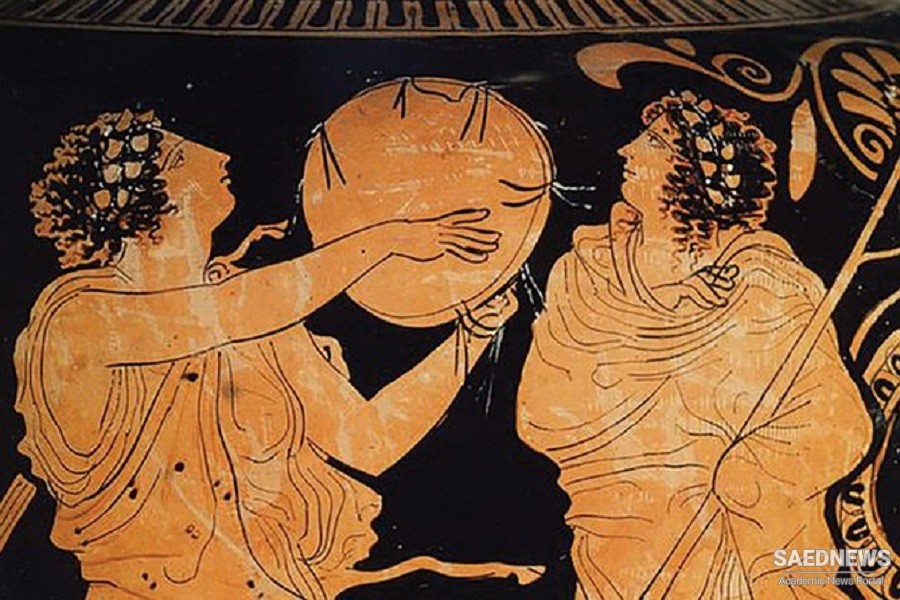A continued motion in every organized body that is capable of it, is susceptible of some kind of measure. This measure marks the several parts of motion, and enables us to judge of their proportions. It is to point out these proportions that the Greeks, among many other terms, have made use of Rhythm, which they have applied to different purposes. They have not only expressed by it the kind of cadence, or vibration of the wings, in the flight of birds ; the movement of the feet in the progressive motion of animals ; and the gestures, figures, and steps of dancers; but every species of regular motion, such as is observable in the beating of the pulse, and in respiration. They have even abused the original import of the word so far, as to apply it to things absolutely motionless and inanimate ; such as works in painting and sculpture, in which they have called that symmetry and just proportion which reigns in all parts by the name of Rhythm. But the most common application of this term has been to express the Time or duration of many sounds heard in succession: whether these sounds are musical, and such as are produced by voices and instruments, or without any determinate tone, as in the strokes of a hammer upon an anvil; in the beating of a drum; and in the articulations of the voice in common speech, in repeating poetry, or pronouncing an oration. But our enquiries here shall be confined to that species of Rhythm, which more particularly concerns melody, and which merits discussion the more, on account of its great importance m music, and of the darkness in which it is usually involved by writers on the subject.


 Mode in Ancient Music
Mode in Ancient Music














































